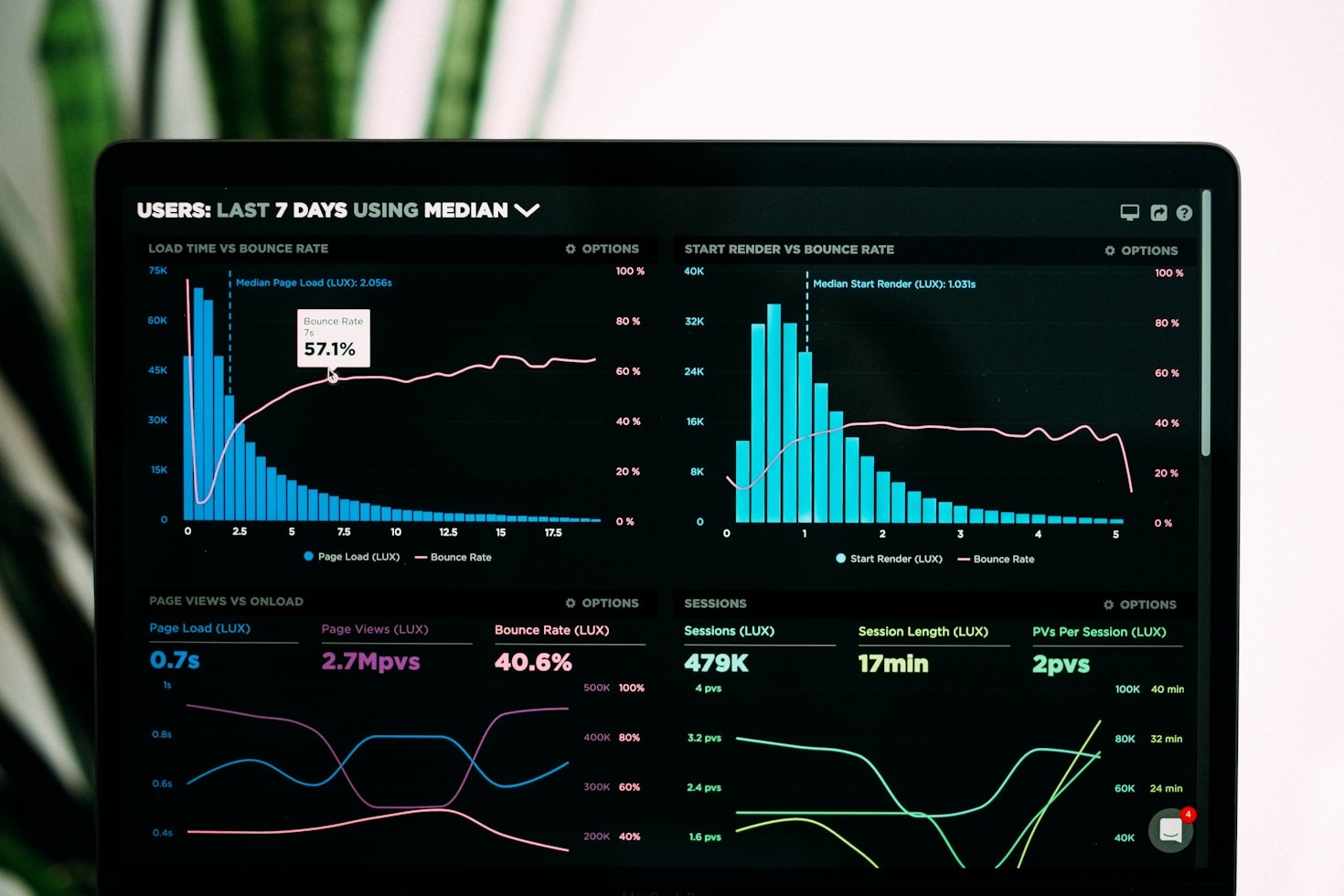What often stops people from starting something new is the fact it can feel daunting or overwhelming. The important thing to remember is that it does not have to be. You can start things small. Instead of launching straight into a full workout routine, commit to just five minutes of stretching each morning. Rather than trying to overhaul your entire diet, focus on swapping one snack for a healthier option.
These micro-actions build momentum, confidence, and clarity. Over time, they stack up, making the process feel manageable instead of intimidating. The key is to break the big thing down and remind yourself that progress doesn’t require perfection — just consistency. Once you practice these things consistently, your actions will hold more weight and you will develop genuine self-belief.

As your habits compound, you may begin to notice a shift not just in your results, but in your mindset. What once felt impossible now becomes familiar — even easy. This is because small steps reduce resistance, making it more likely you’ll stick with them long-term. It’s also worth realizing that everyone moves at a different pace; what matters isn’t how fast you go, but that you’re still going.
Challenges shouldn’t be interpreted as signs to give up, but as invitations to adapt. When you allow yourself to start messy, stay flexible, and build gradually, the process transforms from overwhelming to empowering.
Ultimately, the most successful journeys don’t begin with huge leaps — they begin with modest, intentional steps taken day after day. The true power lies in staying consistent even when motivation fades. By embracing small beginnings, staying patient with your pace, and trusting that effort compounds over time, you set yourself up for sustainable progress. Remember: start where you are, use what you have, and focus on moving forward — no matter how slowly.
That alone is enough to change everything.

